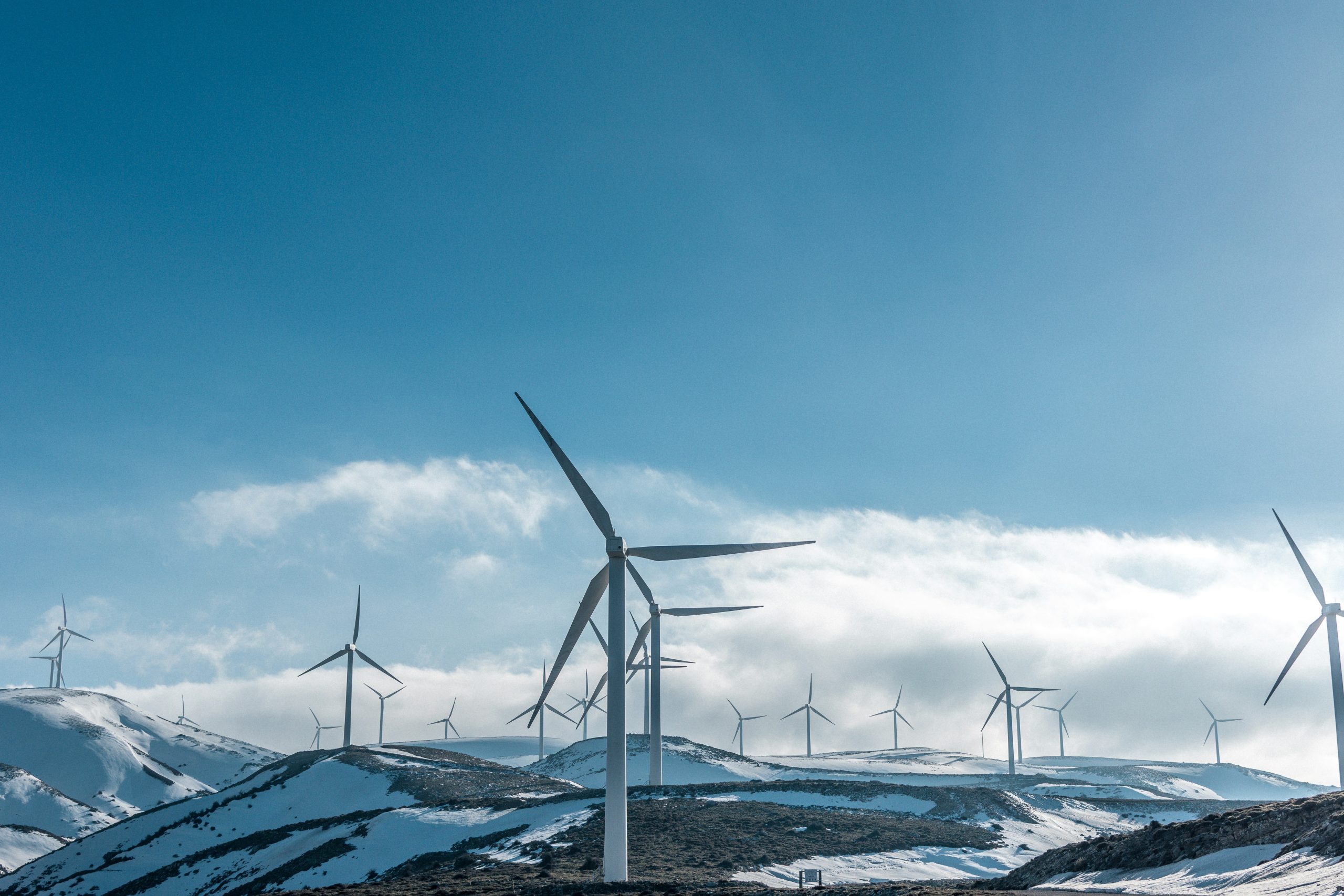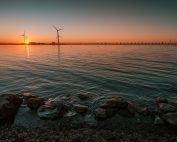The EU’s climate neutrality requires 1,300 GW of wind power by 2050 and a doubling of the annual wind energy installation rates. EU State aid rules are key to creating the conditions for a cost-effective transition to a climate neutral economy. This consultation response outlines the recommendations of the European wind industry on the post-2021 State aid provisions that support an accelerated deployment of wind energy and continued cost reductions.
State aid rules are key to creating the conditions for a cost-effective transition to a climate neutral economy. The European Climate Law Impact Assessment shows this will require 1,300 GW of wind power by 2050 (up from 180 GW today) providing more than 50% of the European electricity consumption. In the near term, this means doubling the rate of deployment of wind energy. Wind Europe expects the EU to install 15 GW of wind energy each year between 2021 and 2025. This will need to increase to an annual installation rate of 30 GW if the EU is to deliver on its climate and energy objectives.
The accelerated deployment of wind energy and continued cost reduction necessary to deliver on the European Green Deal are conditional on:
– National Governments being able to continue having technology-specific auctions;
– These auctions allocating well-designed revenue stabilisation mechanisms such as two-sided
– Contracts for Difference (CfDs) or other market premiums;
– State aid rules facilitating Governments to design competitive auctions that deliver optimal long term solutions for climate neutrality, such as wind energy, over transitional solutions;
– Clear rules to de-risk technology development allowing the EU companies to maintain their edge over the global competition.
The inclusion of renewables in a broad “Decarbonisation” heading seems to suggest that a one-size fits all approach to decarbonising the EU economy is fit-for-purpose. And decarbonising the power sector and promoting renewables is a secondary objective. This is incorrect. The EU power system needs to simultaneously fully decarbonise and double in size between now and 2050 as highlighted by the Climate Law Impact Assessment. This requires significant investments and planning. And should be reflected in dedicated section under the new State Aid Guidelines.
The latest Dutch SDE++ auction has shown the limits of a very broad approach to decarbonisation focused on a CO2 abatement criterion. 70% of the €4.6bn budget is going to CCS. €99m is going to 13 onshore wind projects corresponding to a capacity of 107 MW which means onshore wind will have a slower expansion from this round.
The decarbonisation of the economy and the roll-out of renewables need to work in conjunction. Not be made to artificially compete with one another. The design of such auctions is unnecessarily complex and bound to yield sub-optimal outcomes. The EU must instead focus on rolling out renewable-based technologies that are readily available and can ramp up quickly in the short and medium term across all sectors of the economy. The new Climate, Environment and Energy State Aid Guidelines must be designed to deliver a sustained and cost-effective deployment of renewables. Failing to do this would fundamentally undermine the ability of the EU to deliver climate neutrality by 2050.
Wind Europe’s detailed comments are available here.
Source: WindEurope














